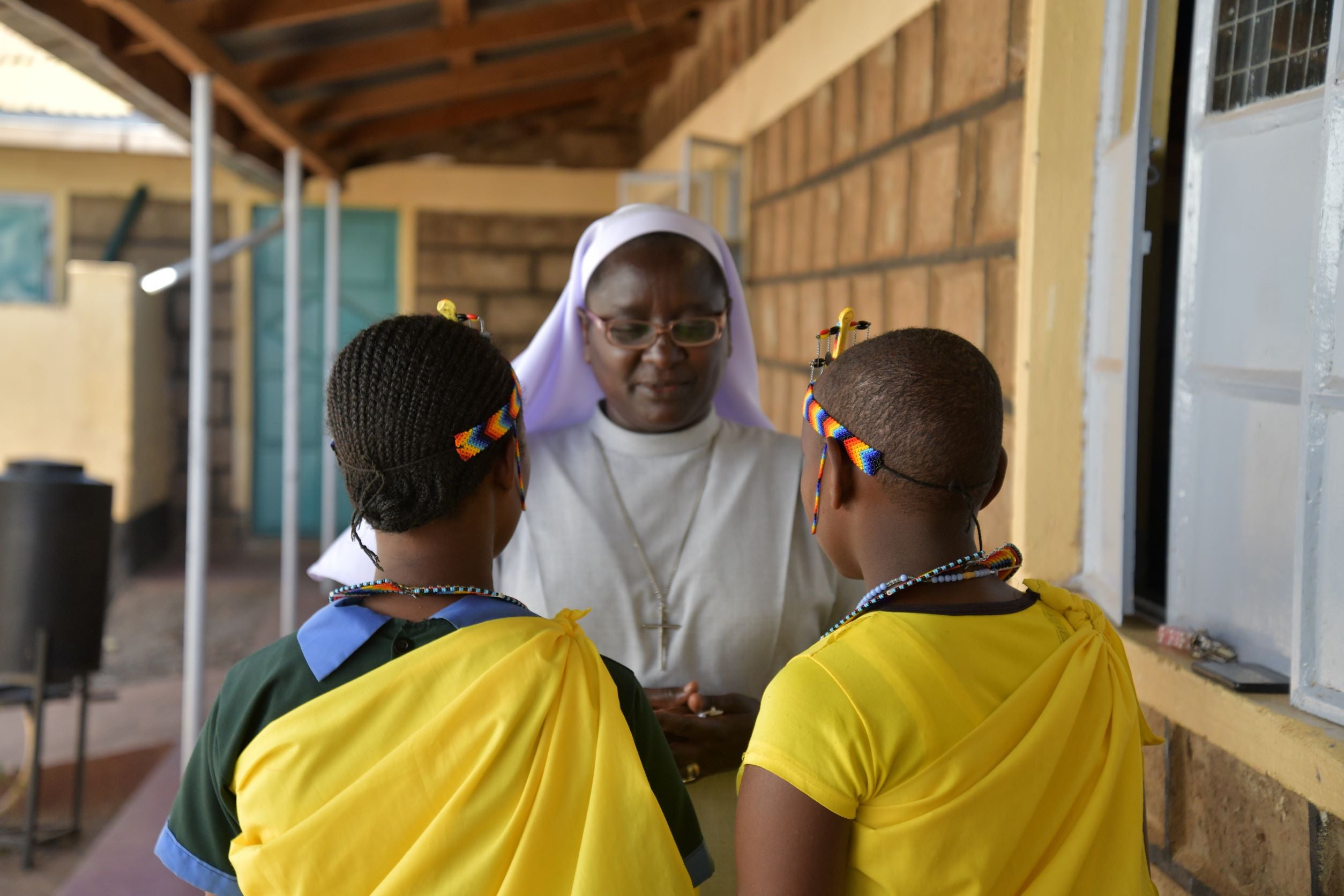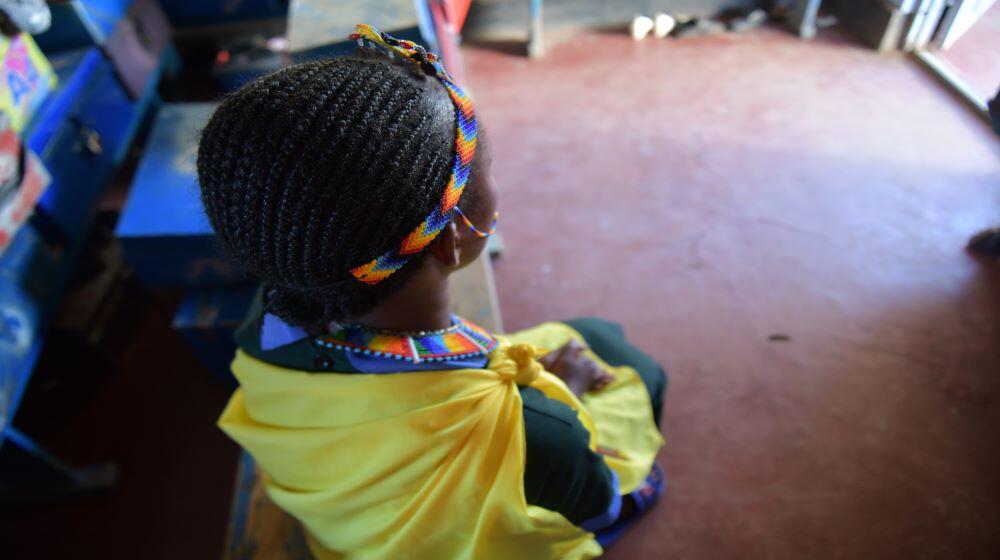Born the youngest of nine children, Nairesa * was a happy seven year old who loved going to school and playing with her friends on the weekends. Her life changed drastically on her eighth birthday, when her father called her aside for a serious talk. “You are now becoming a woman and soon will have your own family. From today, you will no longer go to school, but stay home to help with the chores,” he said.
Devastated, Nairesa pleaded with her father to let her return to school, but he refused, citing cultural traditions. “For months, I didn’t go to school, and instead spent my days herding cattle and helping my mother with the house chores,” she says. During those months, her family would receive visitors daily, older men who would bring gifts, and ask to see her. Unbeknown to Naisera, the men were suitors, seeking for her hand in marriage. Five of them had expressed serious interest and were clamoring to be the first to bring dowry to her family.
A 72 year old man emerged as the successful suitor, and this meant that eight-year-old Nairesa would become his fourth wife. She had to first undergo female genital mutilation before a wedding ceremony could take place. “My mother locked me in the house one evening and told me to prepare for a special event. My older sister came to sit with me and told me that I would be getting cut in the morning, and afterwards, I would be forced to go and live with the old man,” narrates Naseria.
Child marriage is defined as marriage occurring under the age of 18 and is considered a violation of human rights. Globally, 12 million girls get married every year before they reach age 18. In Kenya, the national child marriage prevalence is estimated to be at 23 per cent (KDHS 2014). In Nairesa’s family, her five older sisters had all undergone FGM, and two of them had been married off as children.
“My sister felt sorry for me, and she advised me to run away so that I wouldn’t suffer the same fate as her,” she explains. On what was to be her wedding day, Nairesa escaped from her parents' house before sunrise, fleeing barefoot into a nearby forest. “I walked for many kilometers until it got dark. I was scared of the wild animals I encountered and would climb trees to sleep at night.” After spending three nights alone, cold and hungry in the forest, she came across a woman herding goats, who gave her directions to a town where she could seek help from the police.
At the police station, officers took Nairesa to the hospital to get treated for injuries suffered during her escape through the forest, before transferring her to the Mary Immaculate Rescue Center located in Suguta MarMar, Samburu County. The center hosts 78 girls, all of whom are survivors of child marriage and FGM. On average, the center receives one girl a month, most of whom are younger than 13. They all share stories similar to Nairesa’s, or worse. “I underwent FGM and was forced to marry and live with a 70-year-old man. I escaped from his house after 10 days and a good samaritan brought me to this shelter,” says 13-year-old Patricia.*

seeking refuge from child marriage.
UNFPA has been working with partners including the county government of Samburu, World Vision Kenya, and the Anti-FGM board to protect the rights of girls through support for the development of policies and community engagement on transforming gender norms to end harmful practices such as female genital mutilation and child marriage. As the country endures the worst drought experienced in over 40 years, more girls are at risk of child marriage, with some families choosing to marry of girls in exchange for food or cattle, or to have less mouths to feed.
“We have a responsibility to ensure that girls are protected from Child marriage, particularly during times of crises, such as the ongoing drought,” says UNFPA Deputy Representative Dr. Abiodun Oyeyipo. “UNFPA will continue to support the Samburu county government and partners to strengthen prevention and response mechanisms that will accelerate an end to FGM and child marriage.”
*Name changed to protect privacy.


